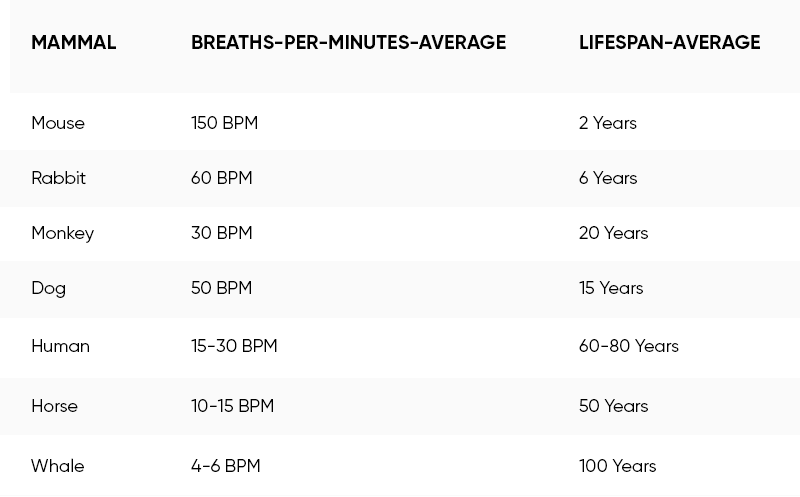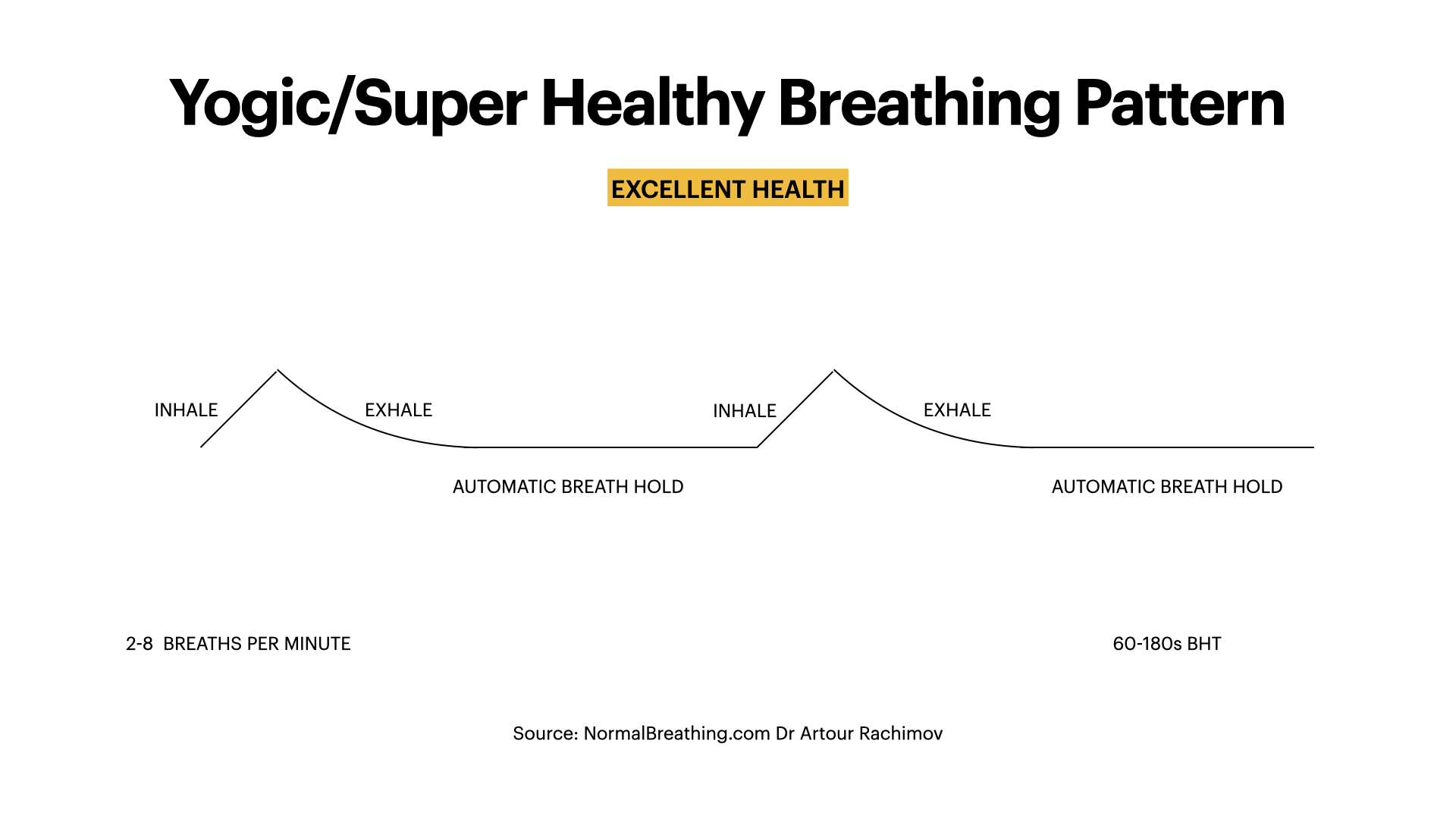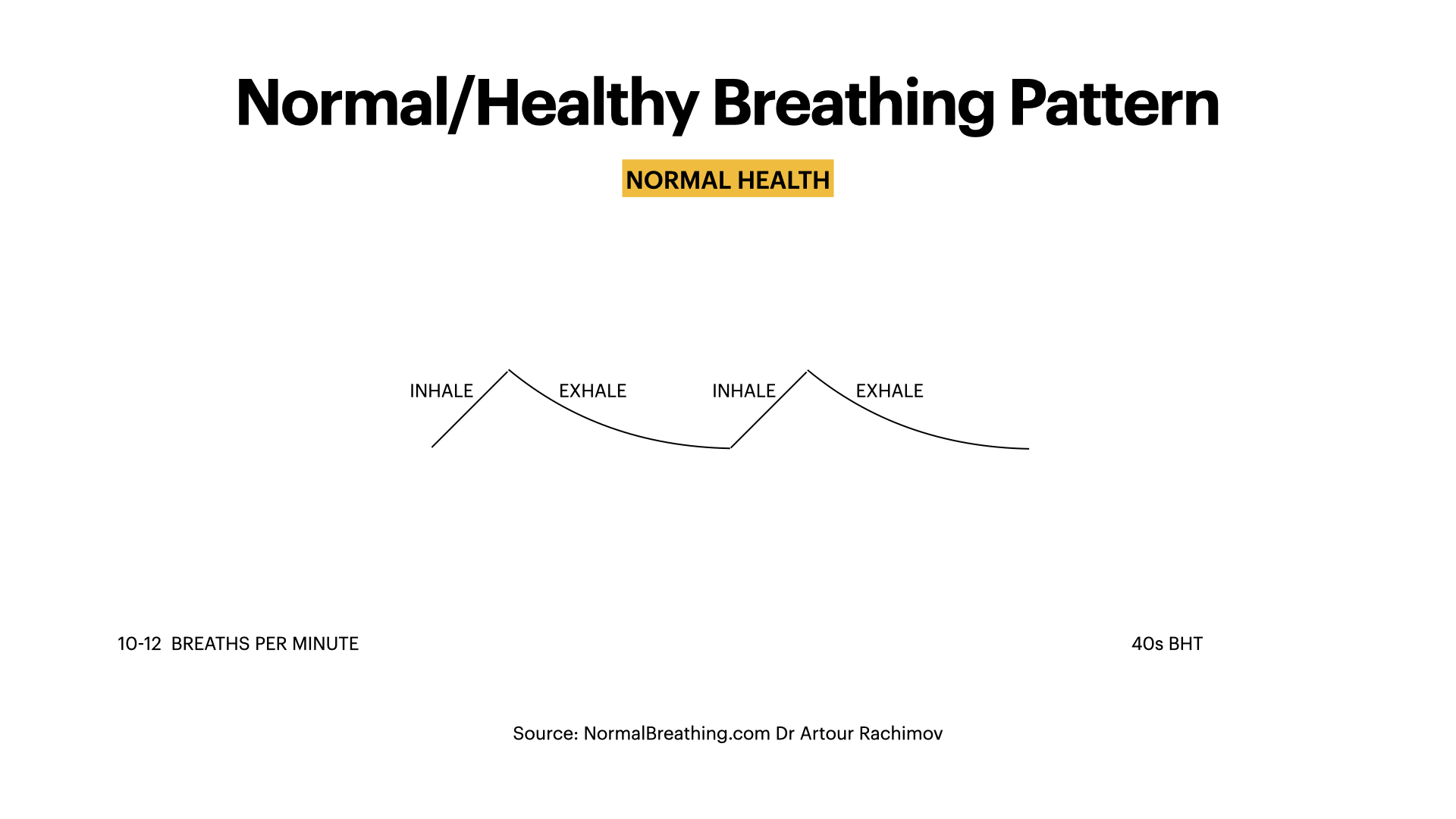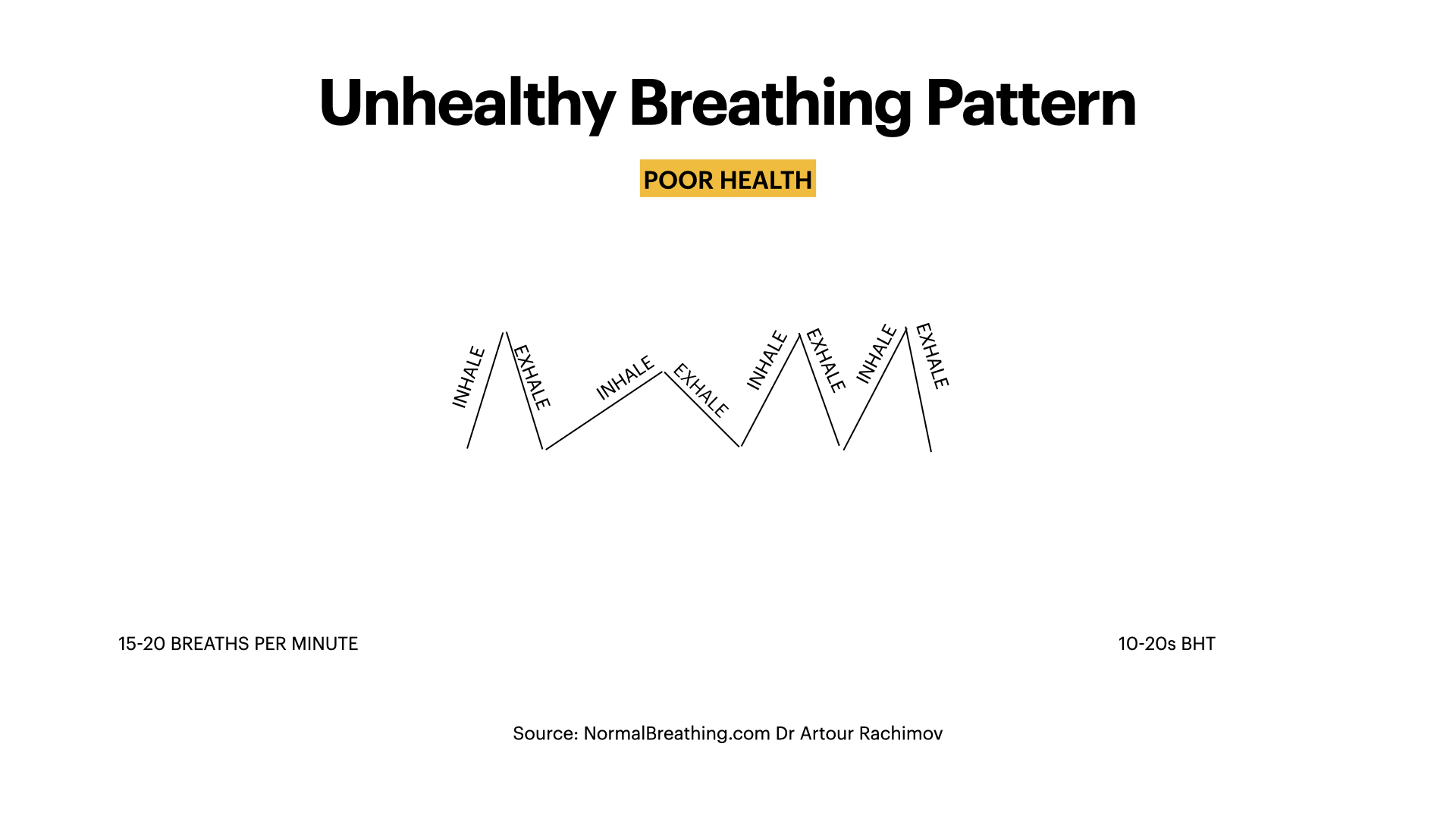Resources Copy
Dr Konstantin Buteyko
Creator of Buteyko Method - widely used to treat asthma and hypertension.A Ukrainian medical doctor who developed the correct O2/CO2 ratios for space travel. Studied yogic texts and discovered reduced breathing exercises. Healed his own severe hypertension and developed the Buteyko Method. Witnessed unhealthy patients having fast and deep breathing patterns.When he slowed breathing rates symptoms diminished. Showed scientifically the link between chronic hyperventilation and disease.
Breathe Less Live Longer?

Pranayama is the science of breath from ancient India and a branch of the ancient system of yoga. Prana = energy Yama = control. Ancient yogis understood respiration and its role in how energy is produced in the body. It was developed by studying animals in nature. Animals that live a long time (100+ years) have very slow breathing patterns 2-4 breaths per minute. Animals that live a short time (1-2 years), like mice and rats have very fast breathing rates.
The naked mole-rat is a strange anomaly to this rule. It can live up to 30+ years free of disease. The difference is that they can hold their breath for up to 18 minutes at a time and they live most of their lives underground in a hypoxic environment (low oxygen).
Source: ScienceMag.org
Wales that live over 200 years can hold their breath over 90 minutes! The entire system of traditional yoga and pranayama is designed to reduce your natural breathing rate, so you need to breathe less as you become more efficient at using oxygen.. Modern yoga has unfortunately gone off the traditional wisdom and has mistakenly claimed deep breathing = health. Hatha yogis can hold their breath for several minutes.
Source: Animalia.bio
More info here:
https://blog.somabreath.com/the-oxygen-paradox-breathe-less-live-longer/
Helmut Sies + Oxidative Stress
‘Although it is very difficult to live without oxygen, it is also very difficult to live with oxygen.’
https://www.sciencedirect.com/science/article/abs/pii/S0003986115003690
Evolution Of Oxygen In Our Environment
Oxygen levels are 20% higher and CO2 levels are 0.03% today vs when vertebrates first evolved on this planet.
We are breathing at the same rate as our ancestors and need to consciously evolve our breathing patterns to suit our modern environment. We are also more stressed out than previous generations and our posture is not ideal as we tend to slouch, which leads to more chronic over-breathing.
Source: The gas exchangers: structure, function, and evolution of the respiratory processes
Maina, (1998)
Breathing Patterns - This is your guide for how to breathe normally for the majority of your day when you are at rest.
CO2
- Important gaseous molecule produced during respiration.
- Essential for the Bohr Effect.
- Only toxic in very high doses that is not possible through reduced breathing exercises.
- Vasodilator + Bronchodilator.
- Relaxes the mind + body
- CO2 levels tell your brain when you need to inhale.
- Many sufferers of hyperventilation have poor CO2 tolerance.
Source: Dr Prakash Malshe, Medical Understanding Of Yoga
Nisshesha rechaka pranayama offers benefits through brief intermittent hypoxia https://www.ncbi.nlm.nih.gov/pmc/articles/PMC3361916
CO2 deficiency + Nervous disorders
When we disrupt the CO2 levels by hyperventilating it "leads to spontaneous and asynchronous firing of cortical neurons" (Huttunen et. al., 1999). This is why you feel may feel more anxious, your thoughts become more erratic. It is harder to think straight and logically and you may even have a panic attack when you hyperventilate. CO2 actually has a calming effect on your brain. CO2 calms excessive excitability of brain areas responsible for conscious thinking (e.g., Krnjevic, 1965).
Breathing at a faster rate than normal can excite the brain, and stimulate inspiration, especially if done in a rhythmic and coherent pattern (inspire actually means to ‘breathe in’ in Latin), however, if it becomes a chronic problem and if the breathing rhythm is erratic, it can create spontaneous self-generated thoughts that lead to anxiety and panic attacks.
NO
Nitric oxide (NO) is produced in the paranasal sinuses that surround the nasal cavity. In studies it is shown to be anti-inflammatory, anti-viral, anti-bacterial, a vasodilator, bronchodilator.. Breath holding dramatically increases NO production and humming actually creates a 7 times increase in NO production. Mouth breathing prevents NO production, so you are more prone to hypertension, asthma, colds and flu.
https://www.ncbi.nlm.nih.gov/pmc/articles/PMC1745376/pdf/v054p00947.pdf
https://www.ncbi.nlm.nih.gov/pubmed/19800091
https://www.ncbi.nlm.nih.gov/pmc/articles/PMC2327086/
https://www.sciencedirect.com/science/article/pii/S1074761300800035
https://www.jacionline.org/article/S0091-6749(04)00809-7/fulltext
https://erj.ersjournals.com/content/22/2/323
https://www.atsjournals.org/doi/full/10.1164/rccm.200202-138BC
https://www.ncbi.nlm.nih.gov/pubmed/23682545
https://www.ncbi.nlm.nih.gov/pubmed/16406689
Intermittent Hypoxic Training
IHT involves short intermittent inhalations (3-5 minutes) of hypoxic air (10% O2, 20,000ft/6000m) interspersed with inhalations of ambient air (2-5 minutes).
These hypoxic and hypercapnic (increase CO2) cycles recreate a natural physiological training mechanism that occurs in mammalian embryonic development to help newborns fight the initial oxidative stress of hyperoxia at birth. The same effect can boost an adult’s defence against unavoidable oxidative stress, hopefully aiding in the following:
Prevention/alleviation of chronic and degenerative illnesses (Alzheimer’s, diabetes, cancer)
Slowing of the ageing process
Promotion of overall health, wellness and rejuvenation
https://hypoxico.eu/hypoxic-training/intermittent-hypoxic-training
Breath Based IHT
The ancient yogi’s must have instinctively realised the benefits of intermittent hypoxia as they developed a safe and natural method of intermittent hypoxic training that’s as simple as holding your breath…
Nisshesha Rechaka is a breathing technique from pranayama that involves holding your breath after expiring all the air from your lungs to produce a drop in blood oxygen levels. Intermittent hypoxia begins to happen at around 1-1:30min of holding your breath. An experienced practitioner can maintain a state of hypoxia for at least 2-3 mins that mimics the effects produced by hypoxic chambers and hypoxicators.
https://therenegadepharmacist.com/intermittent-hypoxic-training/
Nisshesha rechaka pranayama offers benefits through brief intermittent hypoxia https://www.ncbi.nlm.nih.gov/pmc/articles/PMC3361916





